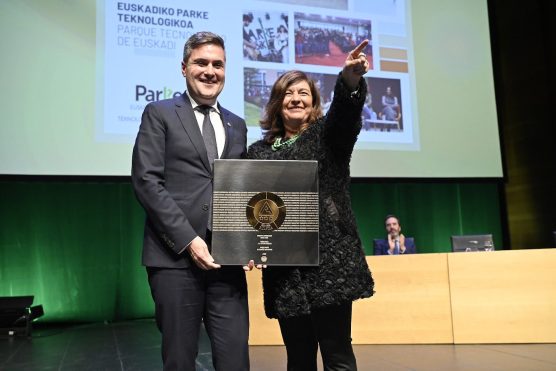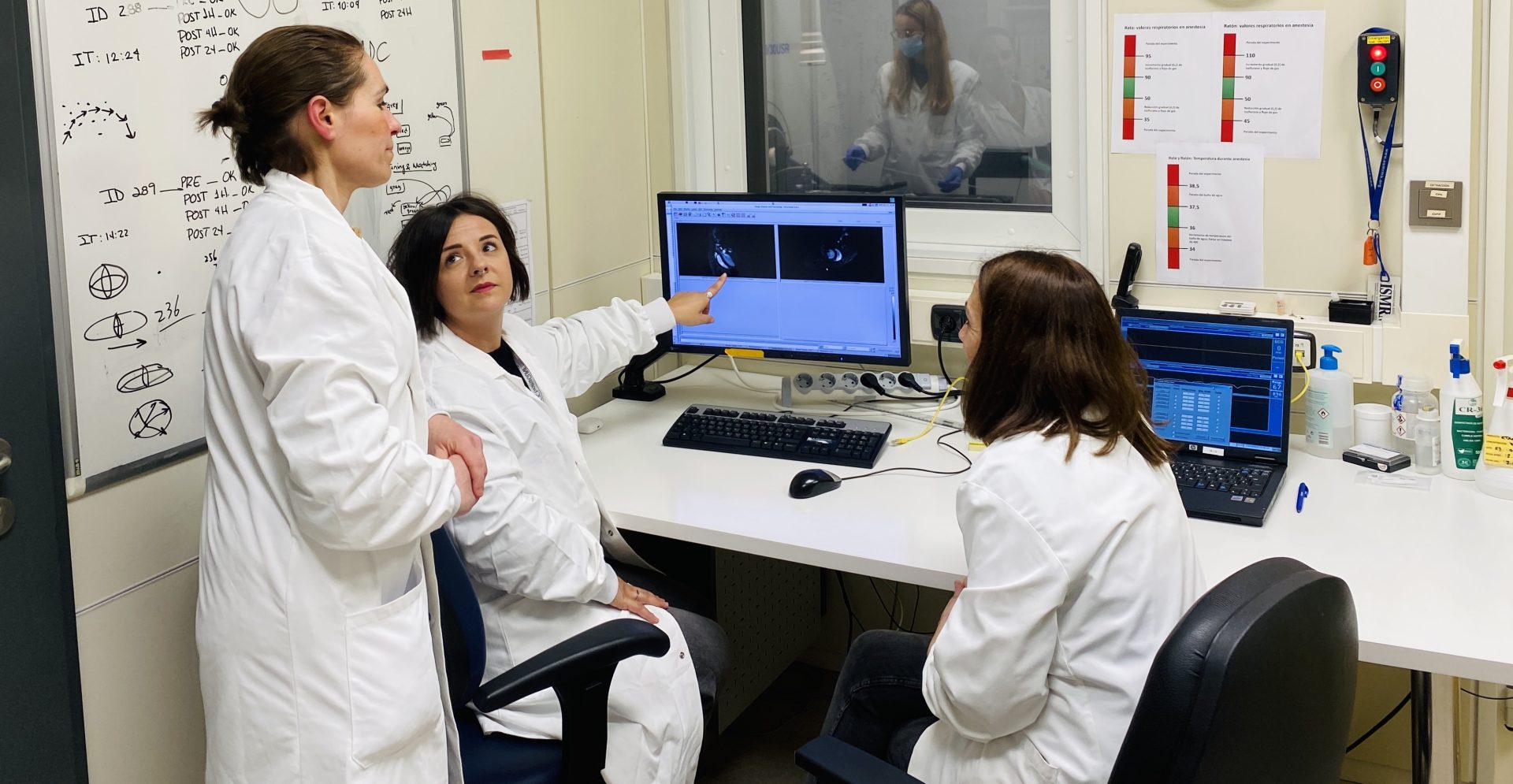CIC energiGUNE will develop Nuclear Magnetic Resonance techniques to map battery processes with “an unprecedented level of detail”

The European OPINCHARGE project, in which the Basque centre is participating together with ten renowned research entities on the continent, will allow understanding the processes at the atomic level in lithium-ion batteries with the help of new techniques and the use of Artificial Intelligence.
The work of CIC energiGUNE will focus on the development of the NMR technique for the direct characterisation of batteries during their operation, as well as on the preparation of samples of composite electrodes and gel electrolytes, on which the consortium’s experimental analyses will be carried out.
 CIC energiGUNE, a leading Basque research centre in electrochemical energy storage, thermal energy storage and conversion and hydrogen technologies, has started research work to develop NMR (Nuclear Magnetic Resonance) techniques to analyse and understand the interactions between the interfacial structure, their chemical evolution and the charge dynamics of lithium-ion batteries with an unprecedented level of detail. The initiative is part of the European OPINCHARGE project, which aims to apply nanometric methodology and Artificial Intelligence tools to obtain a map of battery processes never seen before.
CIC energiGUNE, a leading Basque research centre in electrochemical energy storage, thermal energy storage and conversion and hydrogen technologies, has started research work to develop NMR (Nuclear Magnetic Resonance) techniques to analyse and understand the interactions between the interfacial structure, their chemical evolution and the charge dynamics of lithium-ion batteries with an unprecedented level of detail. The initiative is part of the European OPINCHARGE project, which aims to apply nanometric methodology and Artificial Intelligence tools to obtain a map of battery processes never seen before.
“Innovation in the field of batteries has been hampered by the lack of understanding of the processes that occur at atomic levels at the interfaces and interfaces of the devices,” said Juan Miguel López del Amo, Principal Investigator of the project and head of the Nuclear Magnetic Resonance platform at CIC energiGUNE. “Through OPINCHARGE we will have the opportunity to create a detailed map of these processes and, consequently, open the door to innovations and unprecedented technological advances,” he concluded.
The OPINCHARGE project, led by the Luxembourg Institute of Science and Technology, is structured around three main pillars of technical innovation: chemical-based, isotope-based and physics-based innovation. Thus, the main techniques to be addressed will be X-ray scattering, Raman operando, electron energy loss spectroscopy, electromagnetic wave neutron tomography and solid-state NMR.
Complementarily, the OPINCHARGE consortium will integrate AI/Machine Learning support to improve data acquisition and analysis, making data processing processes more efficient and meaningful.
During the execution of this project, CIC energiGUNE will lead whole-cell solid-state NMR studies – including studies with compounds enriched in stable isotopes – and will also contribute to the development of an in-situ isotope electrolyte exchange configuration for imaging operating neutrons and electromagnetic waves. In addition, CIC energiGUNE will also prepare and lead the distribution of non-commercial samples, such as standard composite electrodes and gel electrolytes, to other members of the consortium to avoid variations in the experimental results arising from the processing conditions of the material.
The OPINCHARGE project, which held its kick-off meeting this month in Luxembourg – at the headquarters of the project coordinator, the Luxembourg Institute of Science and Technology – and which is expected to last 36 months, is made up of the following entities: CIC energiGUNE; CNRS-Centre National De La Recherche Scientifique; Nantes Université; DLR-Deutsches Zentrum Fur Luft Und Raumfahrt; DKFI-Deutsches Forschungszentrum Fur Kunstliche; THER-Fei Electron Optics BV; CIDETEC; Universitat Paderborn; Pedal Consulting; and Paul Scherrer Institut.




